
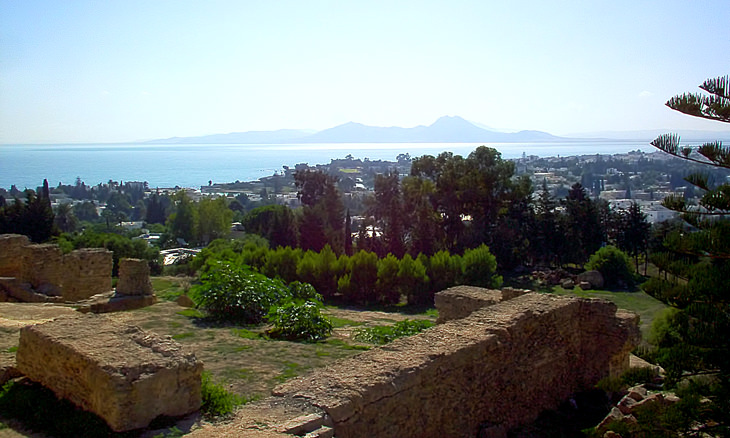
Population: 500,000 (in 300BC)
Present day population: 20,715
Some 20,000 urns containing the charred remains of newborns and infants were recently unearthed at the site of the once-mighty Carthaginian capital. Records of the city were destroyed by the Romans following the end of the Third Punic War, so we'll never know whether they were sacrificial victims, or whether they died of famine or drought. At its height, Carthage was home to half a million people.
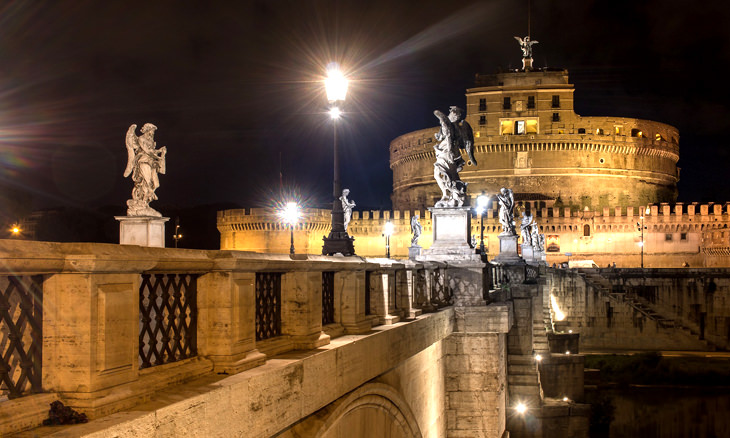
Population: 1,200,000 (In 200AD)
Present day population: 2,754,440
The second century AD saw the pinnacle of Roman influence and achievement. It reached such a large population almost two millennia ago thanks to all the food and taxes that came from conquered lands in Europe and around the Mediterranean basin. It wouldn't be long, however, before the Roman Empire would overstretch itself leading to the city's sacking and eventual decline.
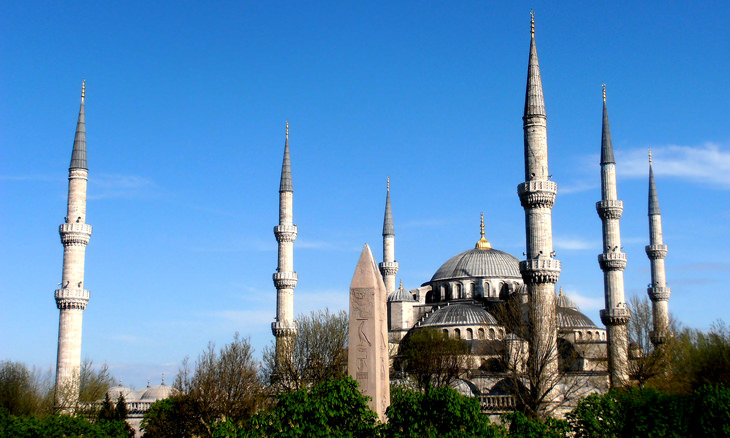
Population: 600,000 (In 600 AD)
Present day population: 13,120,596
Constantinople was the seat of the Byzantine Empire, and named after the great emperor, Constantine the Great, who re-inaugurated the city from what was ancient Byzantium in 324 AD. More than 1,000 years later in 1453, the city fell to the Ottoman Turks and became Istanbul, which is nowadays a sprawling metropolis of more than 13 million inhabitants.
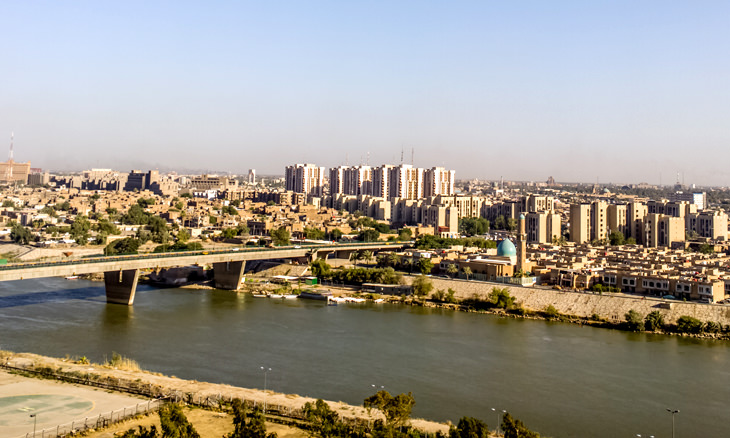
Population: 900,000 (in 900 AD)
Present day population: 6,554,126
At the height of its power in 900 AD, Baghdad was the center of the Golden Age of Islam. During this period, the city's population boomed, and many beautiful buildings were erected. One of the most notable is the House of Wisdom, which features transcriptions of all of the ancient world's knowledge written in Arabic. The free exchange of ideas likely led to the city's population explosion, as many traders from the known world journeyed there to exchange knowledge of different agricultural techniques.
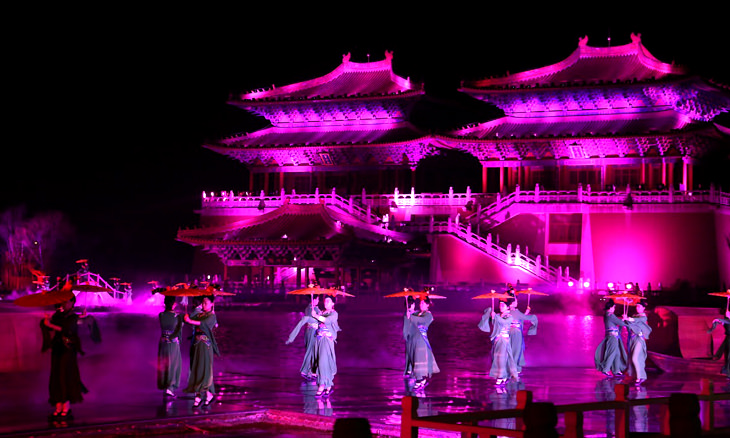
Population: 1,000,000 (in 1200 AD)
Present day population: 4,800,000
Kaifeng grew to the size that it did because it was located at a confluence of four major canals. It was also the capital city for a huge swath of China. It was so important that it had no less than three rings of walls surrounding it to keep would-be invaders out. Sadly, the city fell to the Mongols in 1234, causing its residence to flee. During the centuries since, its population has grown to almost five times what it was in the 1200s.
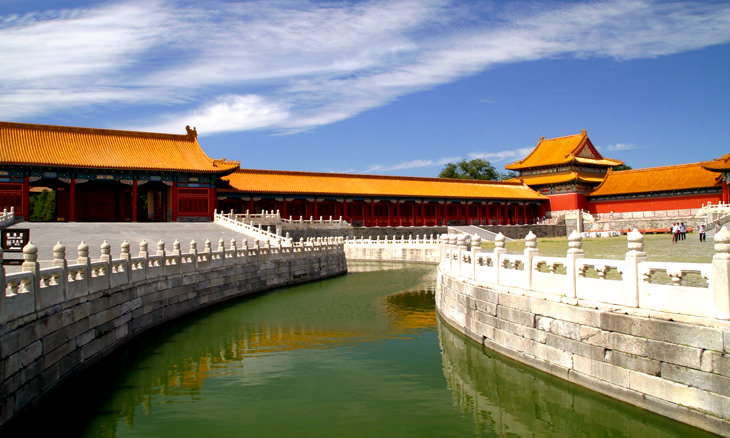
Population: 1,000,000 (1500 AD)
Present day population: 22,000,000
By the mid-1400s, Beijing needed to store significant amounts of grain within its confines in order to feed its growing population and vast number of troops. Luckily, it received plenty as tax from the wider region. The ever-growing population stripped all of the nearby land of its resources, but that seemed to have been a mere hiccup in its journey to becoming the megacity of well over 20 million people that we know today.

Population: 1,000,000 (1700 AD)
Present day population: 54,888
Situated on an island in the Central Plains of Thailand, Ayutthaya lies some 50 miles to the north of the Thai capital, Bangkok. Ayutthaya was actually the capital city itself for more than 400 years of its history. It was declared a UNESCO World Heritage Site in 1991 and it can be found regularly in "places to see before you die" lists.

Population: 1,335,000 (1825 AD)
Present day population: 13,945,000
Modern London is an instantly-recognizable global city, but it actually only gained the prominence that it has today in recent centuries. It became the world's most populous city in 1825, prompting the formation of the Met, the world's first modern and professional police force. London was the world's largest city by population until 1914.
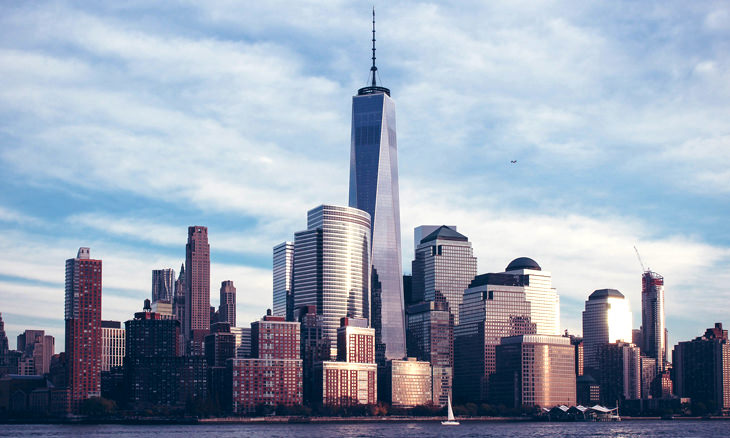
Population: 7,774,000 (in 1925 AD)
Present day population: 8,175,133
Following the addition of the Bronx as New York City's fifth borough in 1914, city planners began to look to the future - and to the heavens. Despite being in the throes of the Great Depression by the end of the 1920s, the likes of the Chrysler Building, Empire State Building, the Lincoln Building were all towering over the city by as early as 1931.
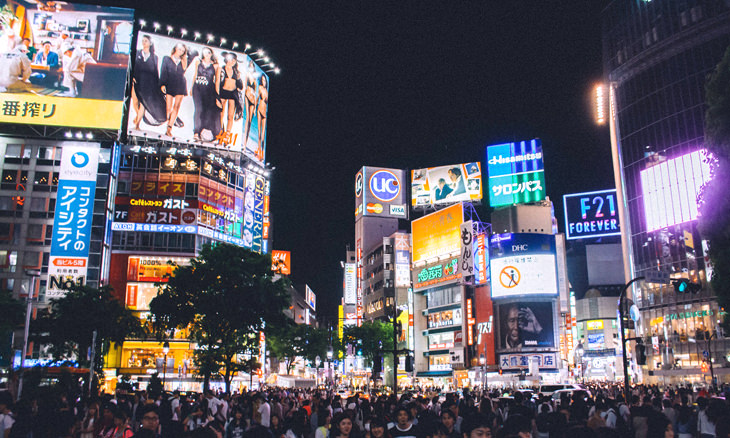
Population: 20,500,000 (in 1968 AD)
Present day population: 32,450,000
Driven by the post-WWII Japanese economic miracle, the Japanese capital's population exploded, and the growth has only continued into the early part of the 20th Century. In fact, Tokyo grew to be the world's most populous city during the most prosperous period in Japan's entire history. This prosperity was driven by heavy US investment and wide-ranging government intervention.
Content source: Business Insider